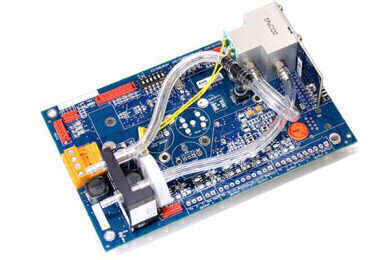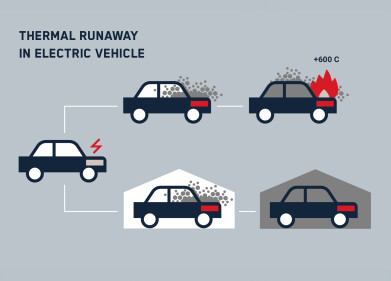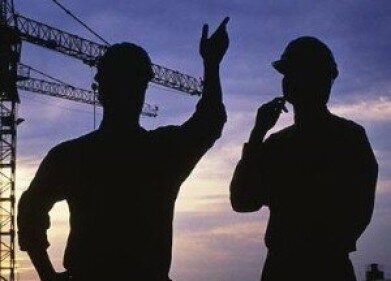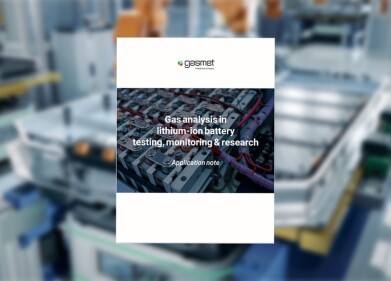Health & Safety
The role of carbon dioxide detection in the prevention of sick building syndrome
Aug 13 2019
Poor ventilation and high carbon dioxide levels in buildings where people work or live can result in people feeling unwell or suffering from a range of illness symptoms. Common ailments can include headaches, shortness of breath or eye irritations. Often people can feel ill for no apparent reason. This could be the result of Sick Building Syndrome (SBS) and typically, the symptoms disappear following the departure of the sufferer from the building.
In buildings where SBS is having a detrimental effect on its occupants, it is vital that measures are taken to prevent the syndrome.
In an attempt to alleviate the problem and promote best working practices, the Health and Safety Executive recommend the ventilation and on-going maintenance of ventilation equipment. They also highlight that one of the challenges in diagnosing SBS is that polluting chemicals and gases may be present at an exposure level which is lower than the current occupational limits which can mean that sampling could be difficult.
In this article Edinburgh Sensors discusses the monitoring of carbon dioxide levels as an important part of managing SBS which requires continual online gas analysis with high sensitive detectors.
Read the full article online at Edinburgh Sensors.
Digital Edition
AET 28.3 September 2024
September 2024
Business News - ENVEA announces acquisition of APAQ Group - SICK and Endress+Hauser sign strategic partnership - Efforts to curb gas flaring intensify amid environmental concerns Air Monito...
View all digital editions
Events
WEATHER • CLIMATE • WATER / EARTH OBSERVATIONS / GREEN ECONOMY
Oct 29 2024 St. Petersburg, Russia
Oct 30 2024 Hong Kong
Nov 05 2024 Toronto, Canada
Nov 05 2024 Rimini, Italy
Nov 06 2024 Ho Chi Minh City, Vietnam



















